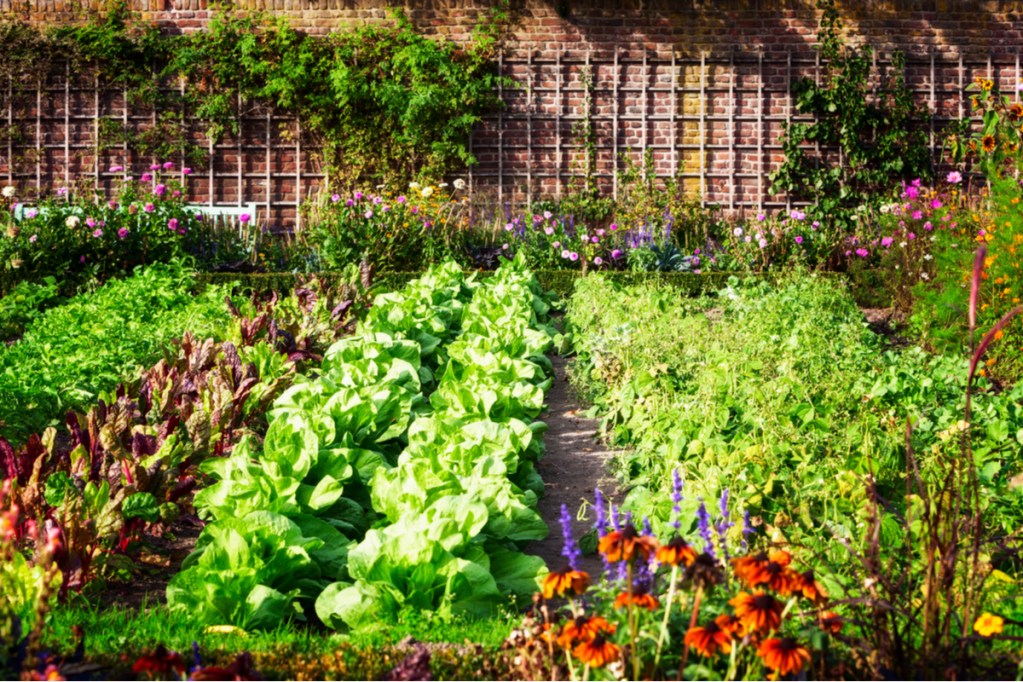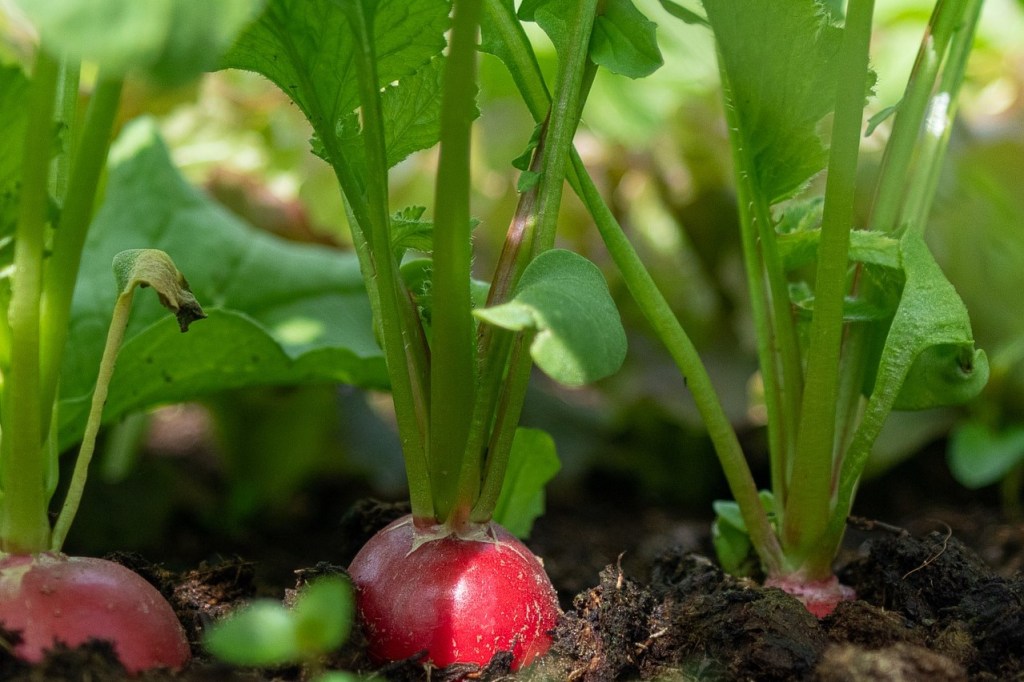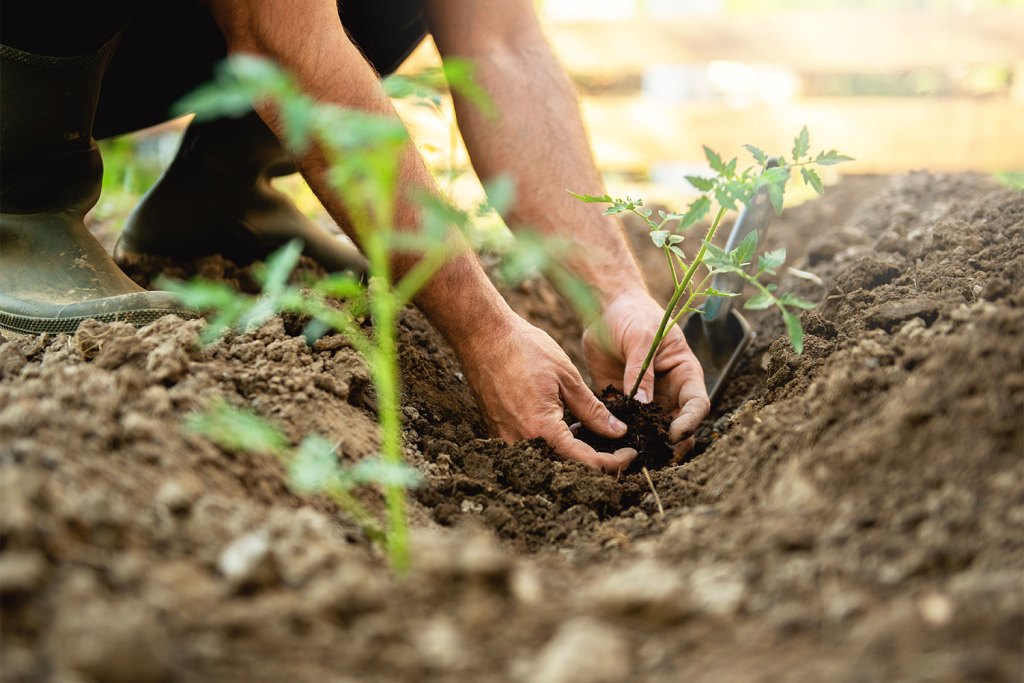Autumn is typically a season associated with harvesting. Rich cornucopias full of bounteous food and comforting dishes. However, this transitional time of year is also a great time to plant some of your favorite vegetables. If you’re new to gardening, you may not realize there are different planting and sowing periods all throughout the year. Fruit, flowers, herbs, and vegetables all have optimal times to both reap and sow.
Fall weather brings unique challenges and advisories. Here are some key factors to consider as you plant your crops, select seeds, and care for each plant properly. Keep reading to find out what the best vegetable to plant in October are.

Planting seasons throughout the year
Fall vegetable gardening hinges on two things: The climate you reside in, and the amount of care you are able to dispense on your plot. Some varieties do require more care than others. Predictably, winter in most regions is not hospitable for plant growth. The only exception to this would be, of course, tropical or desert climates. For moderate areas, springtime is labeled as March through May. This time frame is ideal for many root vegetables, like potatoes, turnips, and radishes. You’ll see some of those vegetables recirculate again in the fall when the weather cools again.
As you get closer to May and even June, leafy greens like mustard and swiss chard can flourish. Next, the summer season, which covers June through August, is best for planting tomatoes, cucumbers, and beans. And that brings us to the fall.
October falls right in the middle of the final planting season of the year. Since the weather will start to cool, milder temperatures often bring rain. This means less watering for you and allows your garden to establish root systems in the ground.

Best vegetables for the fall
If you’re ready to whip up a hearty fall stew, you have your pick of vegetables to grow. Root vegetables include beets, carrots, radishes, and turnips. These colorful and resilient plants have the best cover in the case of early frosts, as long as the cold doesn’t penetrate too deeply into the ground. For greener options, try broccoli, Brussels sprouts, cabbage, kale, and most lettuce varieties. These leafy kinds tend to be frost tolerant and can even last through light snow on the ground.
Flavorful vegetables include garlic, onion, snow peas, and leeks. Especially if you add a good amount of mulch, you can increase protection from the varied fall elements. October can be an unpredictable time weather-wise, which is why these vegetables stand the best chance of surviving sudden fluctuations in temperature.

Foundational gardening practices
The key when choosing vegetables to plant in October is building better soil. To do this, go through your plot and clear out old debris. Next, it is important to till the soil. Tilling allows oxygen to reach deeper into the ground and keep your soil biologically active. Some gardeners prefer a no-till method, which disturbs the soil less but focuses on small, drilled holes when planting each seed. No-till prevents much of the topsoil disturbance. There are various pros and cons to the till and no-till method.
Once you’ve prepared the soil, it is time to plant. Take your time when planting, taking care to cover each crop thoroughly. When you top your seeds, insulate them thoroughly. A great way to reinforce this is to recycle fallen leaves and integrate organic matter with manure or other soils. Healthy root systems need to be watered every five to seven days, so depending on the amount of moisture your season brings, you’ll want to supplement your garden’s water supply.
October is one of the most beautiful times of the year. The leaves change, the weather cools, and the air is crisp and clean. If you’d like to get outside and indulge in the abundance of this magical season, try a vegetable garden. There is such a wide variety of vegetables that are able to flourish through frost and snow. Root vegetables especially circulate through both spring and fall planting periods. If you take the time to reinforce your soil, monitor the water supply, and plant early in the month, you’ll have a colorful spread to adorn your table. All you need is a small plot, a little patience, and a healthy appetite.
Editors' Recommendations
- Plant these stunning flowering shrubs for a showstopping garden display this spring
- 3 incredible reasons why you should be using coffee grounds in your garden
- Have a gross mealybug infestation on your plants? Try one of these remedies
- These plants should be among the first you plant this year
- Why mulching might be the best option for your old Christmas tree




